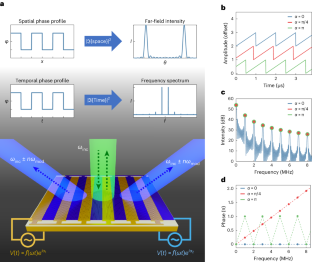2024-07-24 パシフィック・ノースウェスト国立研究所(PNNL)
<関連情報>
- https://www.pnnl.gov/news-media/air-rock-carbon-mineralization-store-carbon-dioxide-deep-underground
- https://pubs.acs.org/doi/10.1021/acs.analchem.3c03936
熱重量分析-質量分析による100万分の1炭酸塩鉱物の定量化 Parts-Per-Million Carbonate Mineral Quantification with Thermogravimetric Analysis–Mass Spectrometry
Madeline F. Bartels,Quin R. S. Miller,Ruoshi Cao,Nabajit Lahiri,Jade E. Holliman Jr.,C. Heath Stanfield,and H. Todd Schaef
Analytical Chemistry Published: February 26, 2024
DOI:https://doi.org/10.1021/acs.analchem.3c03936
Abstract

Mitigating the deleterious effects of climate change requires the development and implementation of carbon capture and storage technologies. To expand the monitoring, verification, and reporting (MRV) capabilities of geologic carbon mineralization projects, we developed a thermogravimetric analysis–mass spectrometry (TGA–MS) methodology to enable quantification of <100 ppm calcite (CaCO3) in complex samples. We extended TGA–MS calcite calibration curves to enable a higher measurement resolution and lower limits of quantification for evolved CO2 from a calcite–corundum mixture. We demonstrated <100 ppm carbonate mineral quantification with TGA–MS for the first time, an outcome applicable across earth, environmental, and materials science fields. We applied this carbonate quantification method to a suite of Columbia River Basalt Group (CRBG) well cuttings recovered in 2009 from Pacific Northwest National Laboratory’s Wallula #1 Well. Our execution of this new combined calcite and calcite–corundum calibration curve TGA–MS method on our CRBG sample suite indicated average carbonate contents of 0.050 wt % in flow interiors (caprocks) and 0.400 wt % in interflow zones (reservoirs) in the upper 1250 m of the Wallula #1 Well. By advancing our knowledge of continental flood basalt-hosted carbonates in the mafic subsurface and reaching new TGA–MS quantification limits for carbonate minerals, we expand MRV capabilities and support the commercial-scale deployment of carbon mineralization projects in the Pacific Northwest United States and beyond.



